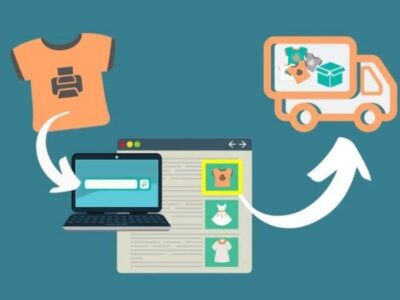For the consumer packaged products sector, digital commerce is changing the rules of the game. Growing consumer demands force brands to provide individualized access to every consumer.
Additionally, more customers are buying groceries and other everyday items online than ever before because of the expansion of payment options and the availability of same-day delivery.
Improved organizational skills are required to organize product data, digital assets, customer data, and others in a variety of forms, feeds, and quality standards across numerous channels if one is to succeed in this market. With the help of consumer goods technology, digital efforts are expedited, and overall corporate performance is enhanced. The following will be helpful to describe it.
Customer Experience Reconsidered in Light of COVID-19
The development of new technologies will have a significant impact on the future of retail and consumer products. There is a gap to close because neither industry has historically been quick to adopt new technology. Technology offers the potential to improve the physical shopping experience and produce consumer goods at a personalized and sustainable level, much as virtual and online shopping experiences have grown more customer-focused and effective.
The emergence of hybrid experiences
Products have long been the center of consumer goods and retail, with the goal of getting products from an organization to a customer. In traditional retail settings, customer service has always revolved around having the proper products in a spotless store with minimal to no wait times.
Customers’ hybrid shopping excursions will seamlessly incorporate store experiences. While digital retail embraces the physical world to foster trust through the benefits of touching, seeing, and experiencing, physical retail will use technology to improve experience and convenience.
Collaboration of ideas
Consumer goods technology idea has been substantially altered by new technologies, which allow consumers to browse, find, assess, and buy things in completely new ways. Consumers are now more likely to assume that a transaction would be about the experience rather than just the product, as a result of digitization. Physical stores will transform into multisensory, immersive, and adaptable experiences at a time when they’re giving the offline world more intelligence, blurring the lines between the real and virtual worlds.
Data-driven, human-centered
Consumer goods and retail were for many years based on intuition and market research. Now that real-time and even predictive data analytics are available, the consumer products sector is shifting from a reactive operation model to a data-driven, proactive strategy. The business model increasingly relies on consumer pull rather than forcing things on people.
In many instances, new technologies have the potential to outperform in-person shopping experiences and radically alter the consumer goods industry.
Conclusion
Companies looking to use consumer goods technology to boost their innovation efforts must first energize the organization by outlining the case for change. Given the many upheavals and difficulties the industry is facing, that argument is crucial for CPG companies. Businesses should acquire these capabilities rapidly, but it’s also crucial to stay flexible enough to make adjustments as they go.








Comments